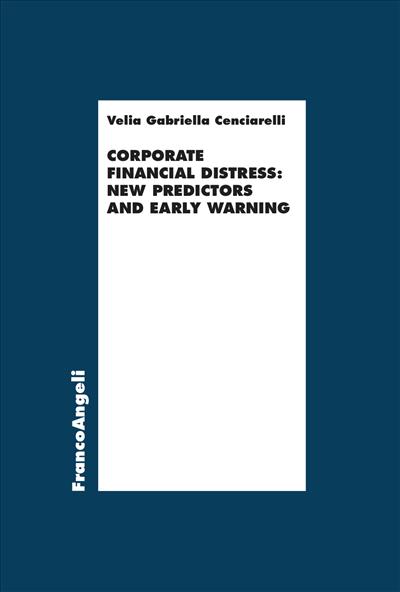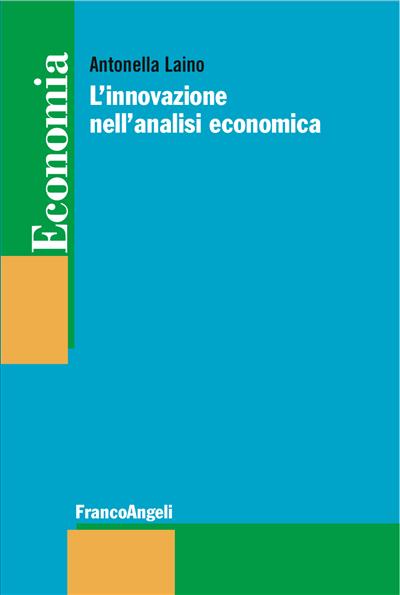
Corporate financial distress: new predictors and early warning
Financial distress forecasting models allow to assess the future ability of companies to meet their obligations and to assess the credit risk of companies. Given the limitations of the information used so far to forecast financial distress, this study attempts to investigate whether and how different financial and non-financial variables influence the forecasting of corporate financial distress. A book that can have relevant practical implications for banks, investors, analysts, chief financial officers (CFOs) and managers in general interested in bankruptcy forecasting.
Pagine: 136
ISBN: 9788835167136
Edizione:1a edizione 2024
Codice editore: 365.1324
Possibilità di stampa: No
Possibilità di copia: No
Possibilità di annotazione: Sì
Formato: PDF con DRM Readium LCP




